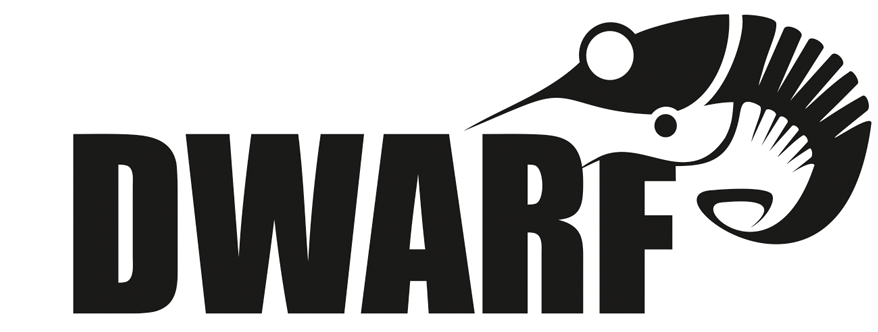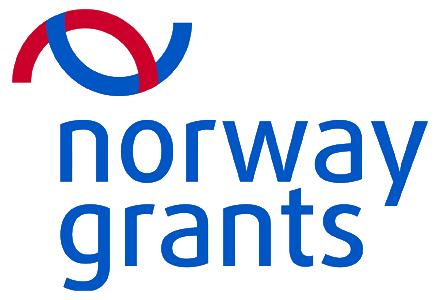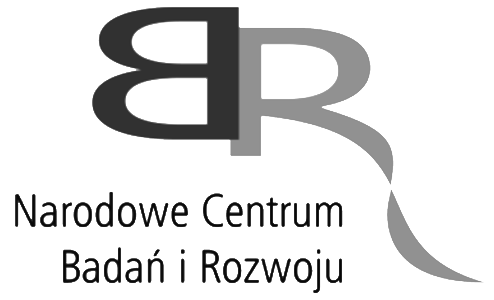Blogs |
Diary (16.06. - 20.06.2014)DAY 1: On the way
To get to Ullsfjorden we had to fly to Tromsø where we could get aboard “Oceania” that had sailed from Gdansk. We left Gdansk from the Lech Walesa Airport at 13:30 and via Oslo we got to Tromso in the evening. The weather was sunny so, from the plane, we could admire the beauty of Tromsø and nearby fjords. DAY 2: Dredging
We had to get aboard out ship at 8 PM. We sailed off at about 10 PM, after the dredges (used in winter by IOPAN and Norwegian researchers during Mare Incognitum cruise on r/v Helmer Hanssen) were transported from the Univeristy of Tromso storehouse. We headed straight to Ullsfjorden. The weather crossed our plans a little bit, because of strong winds and drifts we could work only with dredges (originally planned for the last day). The bottom was very rocky so only one of our three dredges was able to collect sufficient samples – the triangle dredge, and even this one did not work perfectly. In some hauls we collected very little, in others the dredge was full of the rocks and animals. We were especially interested in animals with calcified skeleton like sea star, bristle stats or clams (collected for another Polish-Norwegian project conducted at IO PAN - POLNOR) and for bryozoans (for the DWARF WP4 study of the zooid sizes). One of the most surprising trophies were little, charming cuttlefishes. Of course all the by-catch animals were carefully released back to the sea including those beautiful cephalopods (but after a little photo session had been made). DAY 3: Bottom sampling
The busiest day. A number of samples were collected with use of van Veen grab, box-corer and Nemisto corer. Our target were soft bottom macro- and meiobenthic animals, Foraminifera and sediment samples for geochemical analyses. In one grab sample we found a mysterious coral, probably it was a Sea Pen (Cnidaria: Octocorralia: Pennatulacea) the only order of corals that can live on soft bottom. The sediment samples will be analysed for grain size, photosynthetic pigments, water, and organic matter (POC, TN, δ13C) content to characterise the environmental conditions for animals dwelling on the sea bottom. They will be also analysed for isotopes of thorium, lead and cesium. 210Pb and 137Cs profiles in sediments will be used to estimate the sediment accumulation rates, while 234Th will reveal information about bioturbation. The end of the day the weather rewarded us with a beautiful rainbow over the fiord. 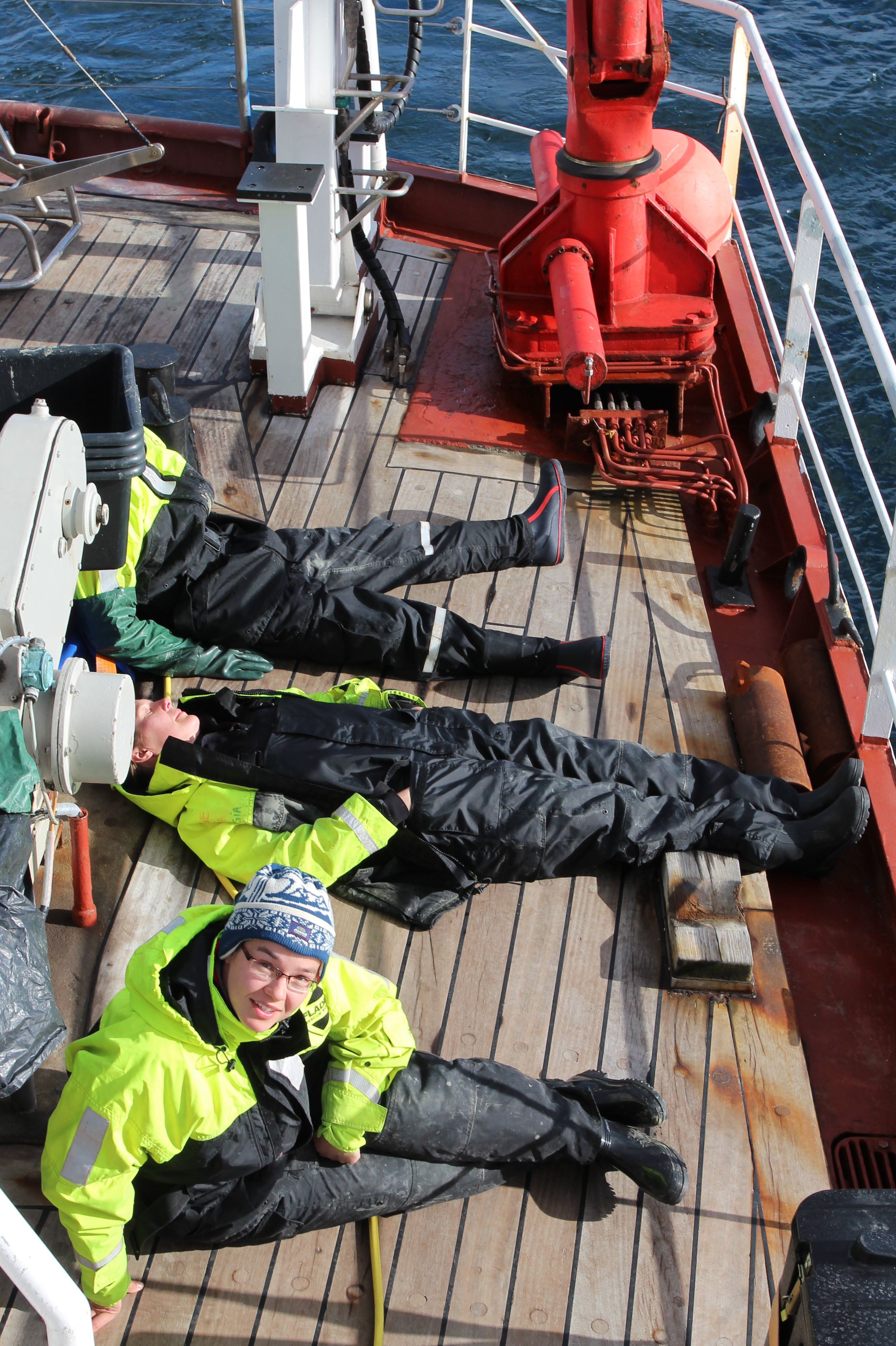
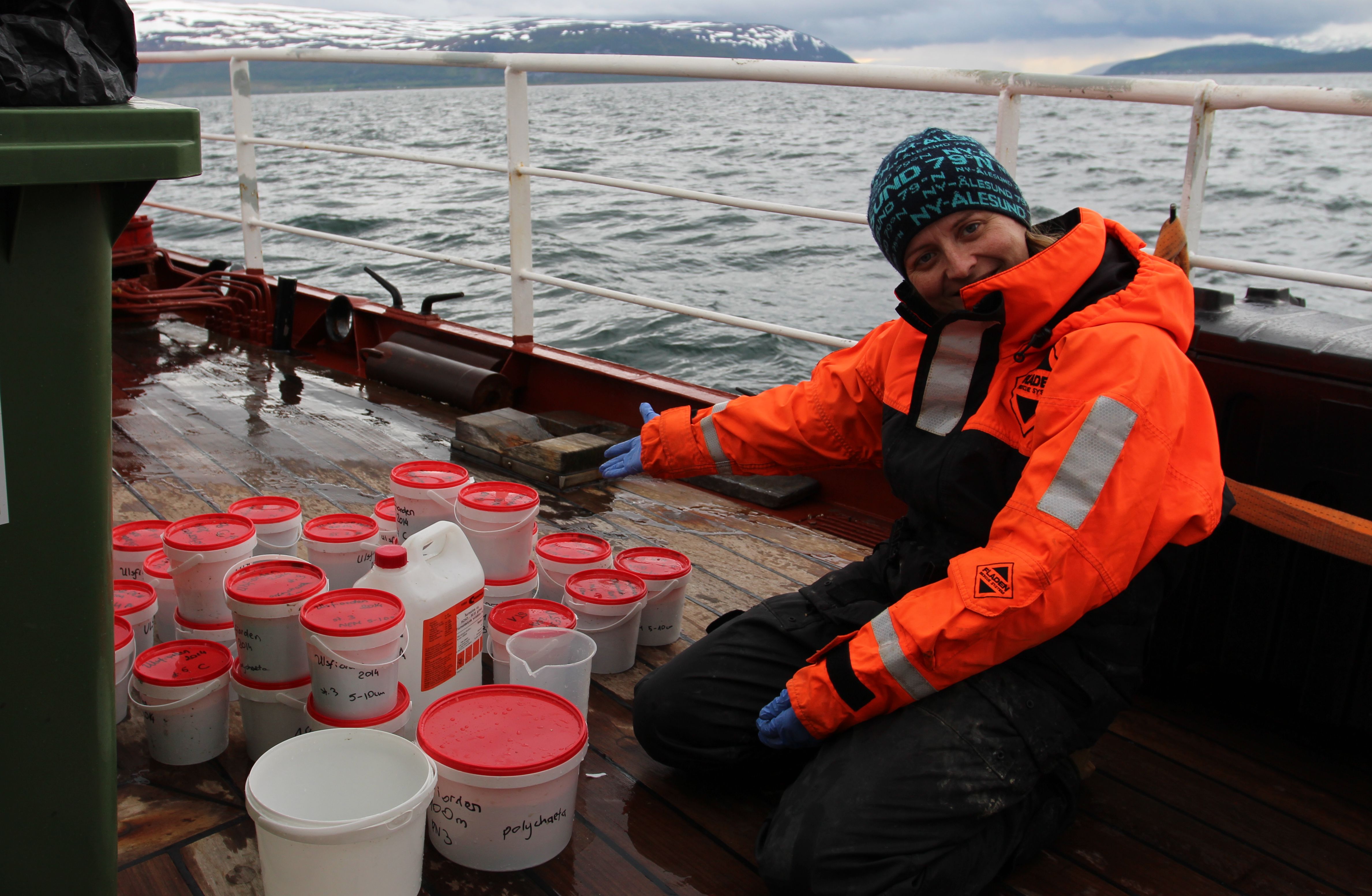
DAY 4: Plankton sampling
Today we were working in the water column. At the same stations as sampled yesterday, plankton samples were collected with an use of WP2 Plankton Net (60 microns mesh), Multinet Plankton Sampler (180 microns mesh). We also deployed a Laser Optical Plankton Sampler (LOPC) to get a continuous record of the zooplankton particles size spectra, it is also equipped with a fluorometer so we gathered a lot of information about chlorophyll concentration in water column. Thanks to our colleagues, hydrologists, we had also got the hydrological data (water temperature and salinity) and water samples that were filtered and will be used for chemical analyses. DAY 5: Comming back home
The cruise was very short, but successful. Some of us stayed at the ship for the next AREX cruise leg where sampling for other projects ( POLNOR, PAVE) will be conducted, the others came back home happily. We are heading for the next sampling campaign for DWARF on Oceania this year – starting in late July. Author: Mikołaj Mazurkiewicz |
